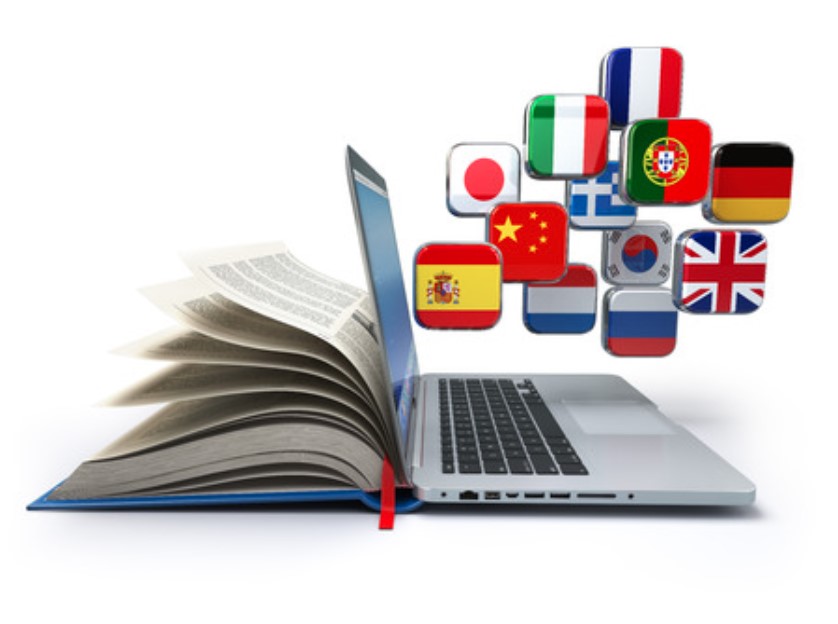Many people believe that translating is just replacing words from one language to another. Nevertheless, the reality is very different. In fact, a professional translator’s work is complex, varied, and demanding. Throughout this article, you’ll discover what a professional translator does in their daily routine and, as a result, understand why their work is so valuable.

Checking emails and managing projects
To begin with, the day starts with a key task: checking emails. This is where new assignments, client instructions, and editor feedback arrive. Therefore, organizing projects by priority is essential. As a result, it helps meet deadlines without stress. Furthermore, it allows the translator to identify urgent tasks early in the day.
Preparing the workspace
A clean and comfortable space boosts performance. That’s why translators prepare their desks carefully. They open all essential tools: dictionaries, glossaries, CAT tools, and word processors. They also organize reference materials. This preparation saves time later.
Reading and analyzing the source text
Before translating, the translator reads the original text carefully. This helps identify potential issues, such as ambiguous phrases or technical terms. It also gives insight into tone, purpose, and target audience. This analysis makes the translation more accurate and natural.
Terminology research
Translators don’t know every term. That’s why research is a constant part of the job. They look up definitions, synonyms, cultural equivalents, and usage examples. They also compare reliable sources and consult experts when needed. This ensures the correct term is used in every case.
Translating the content
This is the core task. The translator begins writing in the target language. Every word matters. The goal is to convey the original message clearly and coherently. Literal translations are avoided, but the meaning is preserved. The content is also adapted to the reader and the cultural context.
Using computer-assisted translation tools (CAT tools)
To improve consistency and speed, translators use CAT tools. These platforms store text segments and build translation memories. If a sentence appears again, the system suggests a previous version. These tools also allow use of specific glossaries and maintain uniform terminology.
Taking active breaks and resting the eyes
Translating requires intense focus. That’s why breaks are necessary. Every so often, the translator gets up, stretches, or looks out the window. These active pauses help prevent mental and visual fatigue. This keeps productivity high throughout the day.
Reviewing and editing the translation
Once the translation is done, the review phase begins. The translator reads the full text again. They correct mistakes, improve style, and adjust structures. They also check spelling and punctuation. This step ensures the final result is clear, smooth, and error-free.
Communicating with clients and colleagues
During the day, emails are sent with questions or requests. Sometimes deadlines need confirmation or a word’s meaning needs clarification. Other times, translators collaborate with peers. Constant communication prevents misunderstandings and improves the project’s quality.
Ongoing training
The world changes fast. Translators must stay updated. They attend webinars, take courses, join workshops, or read specialized articles. This helps them learn new tools, industry trends, and language changes. It keeps them competitive and improves their skills.
Conclusion
Knowing what a professional translator does in their daily routine helps us appreciate their work. They don’t just translate. They research, adapt, revise, and learn every day. Each task demands attention to detail, knowledge, and a passion for languages. That’s why professional translation is much more than switching words. It’s a bridge between cultures, ideas, and people.
Finally, if you need more information visit Professional Translation Services.



